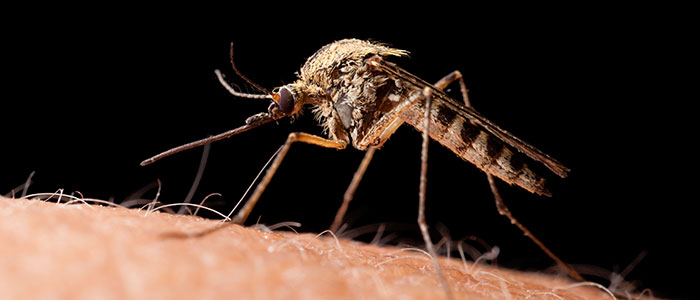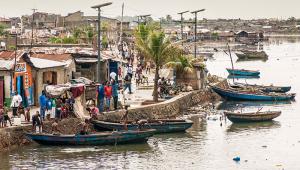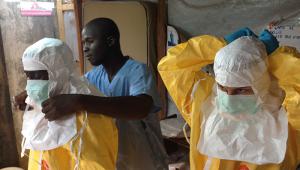Falling tourism revenues, strain on health systems and lost productivity are among the short- and long-term costs the epidemic could have, with the poorest countries in the region likely to be hit the hardest.
The UNDP’s report, published last week, used three scenarios, based on different rates of infection, to gauge the impact Zika might have. It estimated the virus could cost the region between $7bn in the best case scenario and $18bn in the worst, from 2015, when the outbreak began, to 2018.
Jessica Faieta, UN assistant secretary-general and UNDP director for Latin America and the Caribbean, warned there would also be more intangible costs.
“Aside from losses to GDP and to economies heavily dependent on tourism, and the stresses on health care systems, the long-term consequences of the Zika virus can undermine decades of social development, hard-earned health gains and slow down progress towards the Sustainable Development Goals,” she said.
Zika is a mosquito-borne virus that can cause children to be born with a condition called microcephaly if their mother is infected during pregnancy.
Microcephaly is characterised by an abnormally small head size and incomplete brain development. Later in life children with the disease can develop epilepsy, cerebral palsy, learning difficulties and hearing or vision problems.
Since 2015, 2,971 confirmed cases of microcephaly associated with Zika infection have been recorded, according to the World Health Organisation.
The virus has also prompted a smaller increase in Guillain-Barré syndrome, which affects the nervous system and can lead to paralysis, lasting for weeks or several months.
While larger economies such as Brazil are expected to bear the greatest share of the absolute cost (between 14% and 26%), the impact on the Caribbean will be five times that in South America and will be the most severe in the poorest countries, the UNDP said.
In some cases, the total cost of Zika could exceed 2% of countries’ GDP (in Aruba and the US Virgin Islands), while it could exceed 1% in some of the region’s poorest nations – Haiti (1.13%) and Belize (1.19%).
Caribbean nations rely heavily on tourism, and more than 80% of potential losses in the subregion would result from declining revenues brought by visitors from abroad. This could potentially cost $10.5bn over three years, or 0.06% of the Caribbean’s GDP annually.
Other short-term costs include strain on health systems to do with diagnosis and care, especially for children born with microcephaly.
In the long term, it is likely one of their parents will withdraw from the labour market in order to care for them, with substantial consequences for productivity.
The UNDP estimated that in the worst case scenario, the total direct and indirect lifetime cost of microcephaly cases caused by Zika could hit $29bn.














